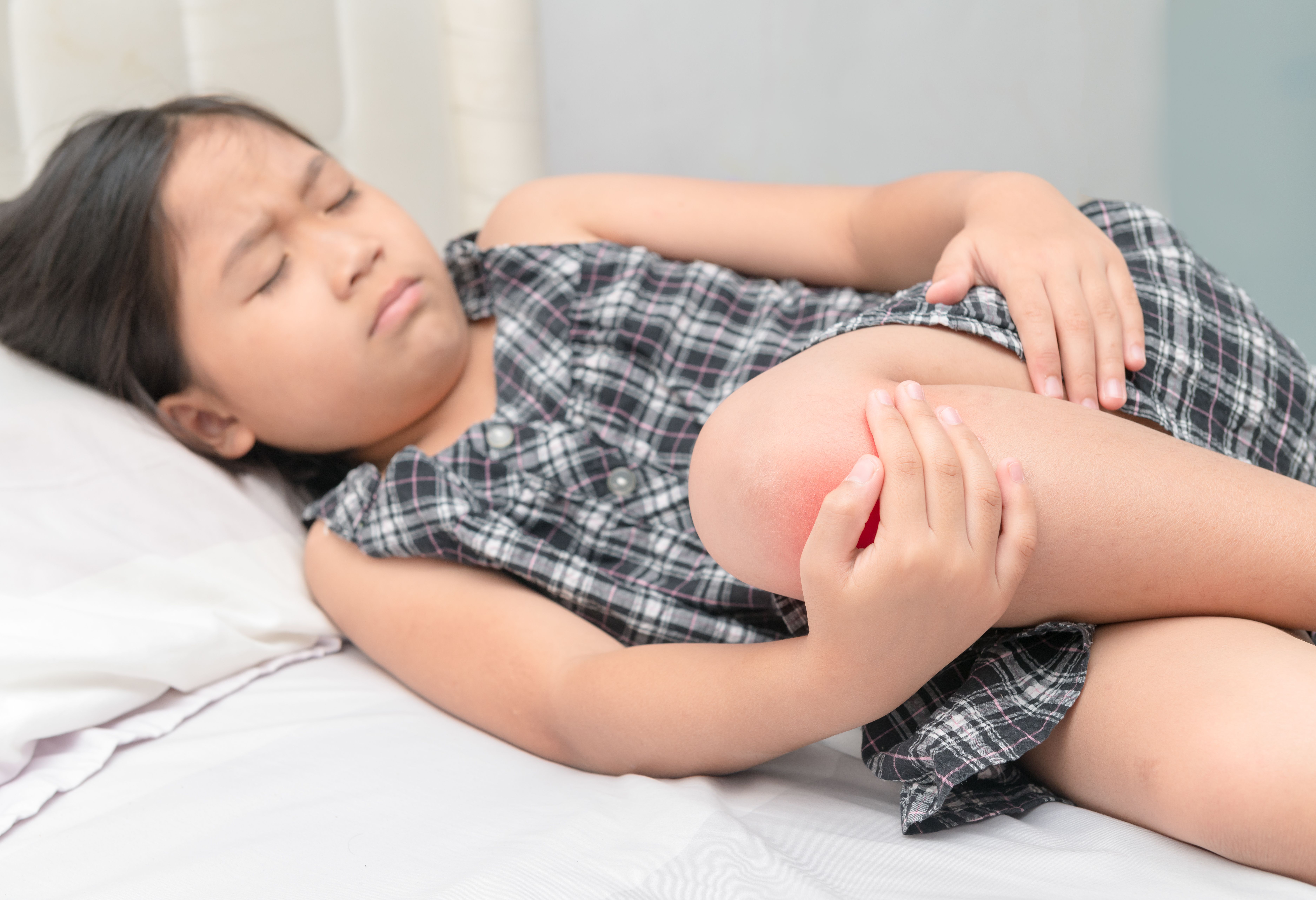Article
JIA Disease Activity Persists, Despite Lower Uveitis, Major Joint Surgery Rates
Author(s):
While the need for orthopedic surgery and the presence of uveitis have diminished over the past 20 years in children with juvenile idiopathic arthritis (JIA), disease activity is present more than 50 percent of the time, say researchers recently writing in Arthritis Research and Therapy.
(©Kwanchaichaiudom, AdobeStock_197147743)

While the need for orthopedic surgery and the presence of uveitis have diminished over the past 20 years in children with juvenile idiopathic arthritis (JIA), disease activity is present more than 50 percent of the time, say researchers recently writing in Arthritis Research and Therapy.
“We still have long-term challenges in the care for children with JIA, in spite of state-of-the-art treatment,” wrote the authors of the study, led by Elisabet Berthold, M.D., of Lund University in Sweden.
JIA is the most common pediatric rheumatic disease, encompassing a group of inflammatory arthritides of unknown etiology, with an unpredictable clinical course and the risk of impaired joint function. The present international consensus of JIA is based on the criteria defined by the International League of Associations for Rheumatism (ILAR) in 2001, with JIA divided into seven subcategories based on clinical features. As the treatment arsenal for children with JIA has expanded during the last decades, studies are needed on children diagnosed in the era of biological treatment to assess if this has improved the outcome. Meanwhile, recent data on the rates of joint corrective surgery are sparse, and while
uveitis is the most common extra-articular manifestation of JIA, the reported prevalence range of uveitis varies.
The aim of this study was to investigate the epidemiology and outcome of JIA and to characterize the demographics of the patients with JIA.
Researchers analyzed data from all children in the county of Skåne, Sweden diagnosed with JIA before age 16 from 2002 to 2010. The JIA diagnosis was validated and subcategorized through medical record review based on the criteria defined by the ILAR. Parameters on disease activity and pharmacologic treatment were recorded each year until December 31, 2015.
A total of 251 cases of JIA were confirmed. Two-thirds of the patients were female, and the median age at diagnosis was 7.3 years. The mean annual incidence rate for JIA was estimated to be 12.8/100,000 children, with the highest age-specific annual incidence at the age of 2 years (36/100,000). Oligoarthritis was the largest subgroup (44.7 percent), and systemic JIA was the smallest subgroup (2.8 percent).
The annual incidence rate in this study was lower that rates seen in southern Europe. "Genetic and environmental factors, as well as infectious agents, are risk factors for developing JIA, and a geographical gradient explains the combined impact of these factors," the authors wrote.
Of the patients, 98 percent received treatment with nonsteroidal anti-inflammatory drugs, 78.9 percent had intra-articular steroid injections, methotrexate was used by 60.6 percent, and tumor necrosis factor inhibitors were prescribed to 23.9 percent, mostly in combination with methotrexate. Meanwhile, 43.3 percent of patients was "no treatment" recorded in the medical record at any time in the disease course.
Uveitis occurred in 10.8 percent of the children, versus an estimated 20.5 percent two decades ago, and 9.2 percent of the children required major orthopedic surgery, versus 30 percent in earlier reports.
Most cases of chronic uveitis occur in the first three years of disease, “but our data show that it still can develop after nine years,” the authors wrote. “Thus, we conclude that there is no absolute time or age limit to the end of risk for developing JIA-associated chronic uveitis.”
Only 40 percent of the follow-up years, with a median follow-up time of eight years, were free of arthritis or uveitis.
“A surprisingly large amount of children with JIA still do not achieve inactive disease with the arsenal of treatment options available today, but on the other hand, the functional impact is less evident than 20 years ago,” the authors wrote.
REFERENCE
Elisabet Berthold, Bengt MÃ¥nsson & Robin Kahn, et al. “Outcome in juvenile idiopathic arthritis: a population-based study from Sweden.” Arthritis Res Ther. October 28, 2019.
https://doi.org/10.1186/s13075-019-1994-8




